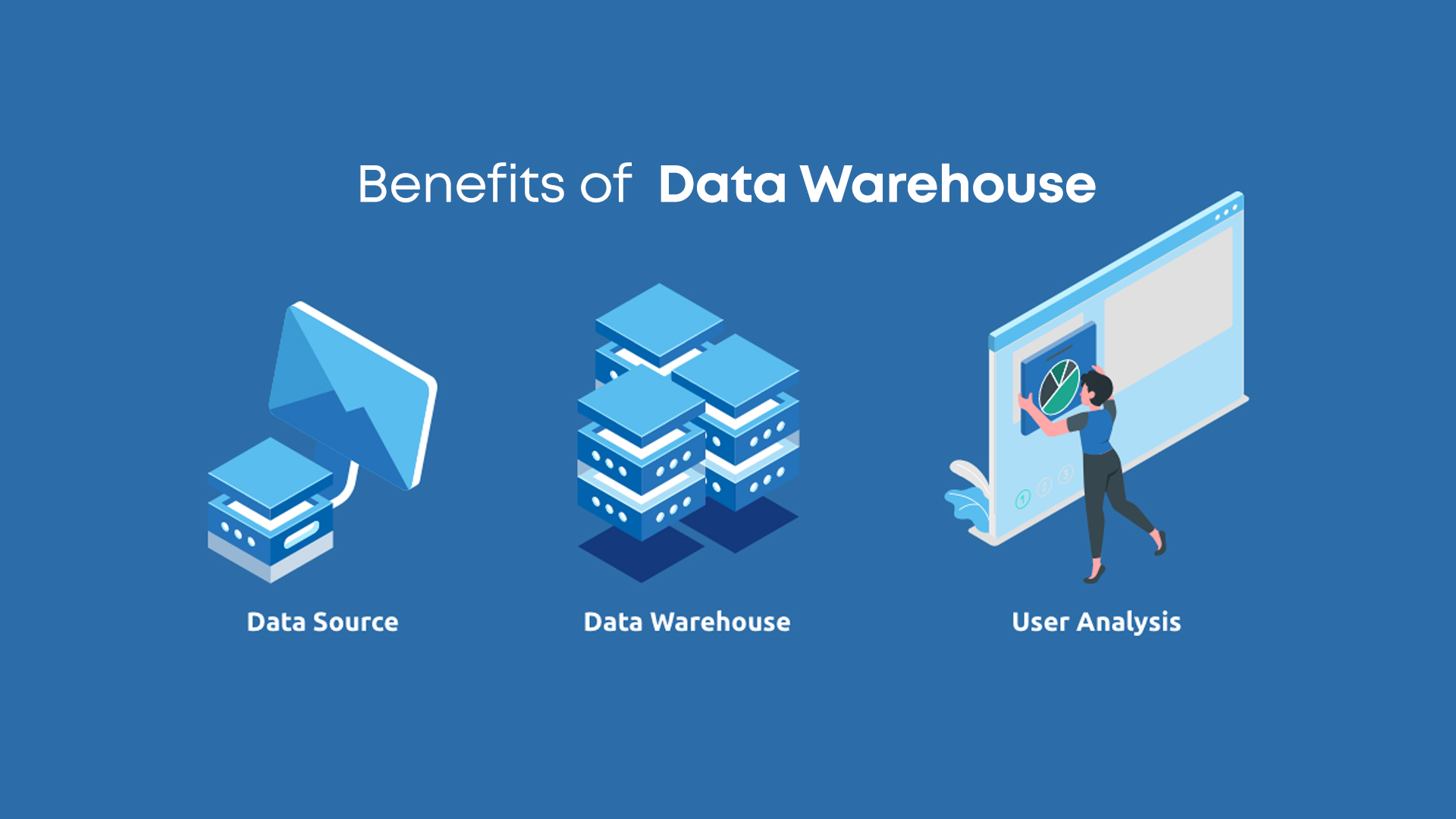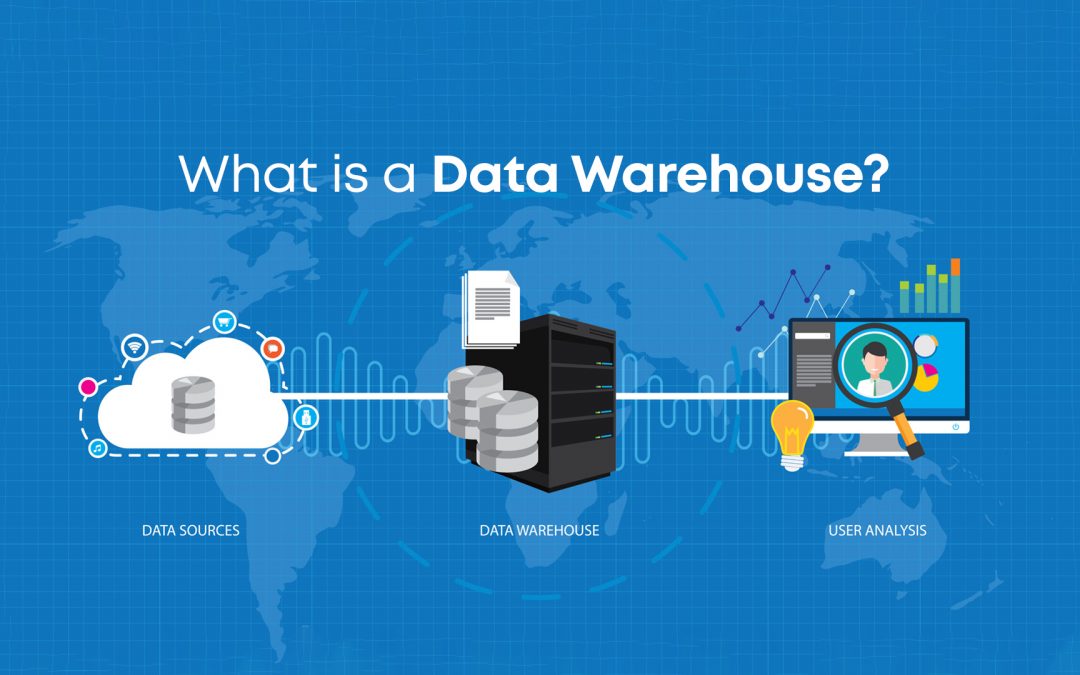What is a Data Warehouse?
Data warehouses are central repositories for storing and analyzing information in order to make more informed decisions. An organization’s data warehouse receives data from a variety of sources, typically on a regular basis, including transactional systems, relational databases, and other sources.
A data warehouse is a centralized storage system that allows for the storage, analysis, and interpretation of data to aid in decision-making. On a regular basis, data warehouses are fed by transactional systems, relational databases, and other sources. A data warehouse is a type of data management system that facilitates and supports BI activities, specifically analysis. Data warehouses are primarily intended to aid in search and analysis, and they typically contain large amounts of historical data.
A data warehouse is a collection of organizational data and information that has been extracted from operational and external data sources. The data is retrieved on a regular basis from various internal applications such as sales, marketing, and finance; customer-interface applications; and external partner systems. This data is then made accessible to and analyzed by decision-makers.
Key Characteristics of Data Warehouse
The main characteristics of a data warehouse are as follows:
1. Subject-focused: A data warehouse is designed to provide information on specific subjects, such as sales or inventory, rather than general business processes. By concentrating on specific subjects, data warehouses can provide valuable insights that might not be apparent otherwise.
2. Integrated: To be useful, a data warehouse must integrate data from multiple sources into a consistent format. This ensures that the data can be effectively analyzed and compared.
3. Non-volatile: Once data has been entered into a data warehouse, it cannot be changed. This makes it possible to analyze historical data and track changes over time.
4. Time-variant: Data in a data warehouse is documented with an element of time, either explicitly or implicitly. This allows for tracking changes over time, such as changes in customer behavior or market trends. An example of time variance in a data warehouse is the Primary Key, which typically includes a time element like day, week, or month.
Benefits of Data Warehouse

There are many advantages to using data warehousing in business:
1. Improved data consistency: Data warehouses consolidate data from various sources and transform it into a consistent format, making it easier to analyze and compare.
2. Better business decisions: By providing a unified view of the organization’s data, data warehousing can help make better-informed decisions.
3. Easier access to enterprise data: End-users can access relevant data more easily through a data warehouse, without the need for specialized knowledge or technical skills.
4. Better documentation of data: Data warehouses typically include metadata, which provides information about the data, making it easier to understand and use.
5. Reduced computer costs and higher productivity: Data warehousing can reduce the burden on operational systems, leading to increased productivity and lower costs.
6. Ad-hoc reporting: Data warehousing enables end-users to run ad-hoc queries or reports without impacting the performance of operational systems.
7. Consolidation of related data: Data warehouses can bring together data from various sources into a single place, making it easier to analyze and gain insights.
Companies that invest in dedicated data warehouse teams can gain advantages in areas like product development, pricing, marketing, historical analysis, forecasting, and customer satisfaction, despite the initial expense of setting up a data warehouse.
 Finland
Finland Bangladesh
Bangladesh
